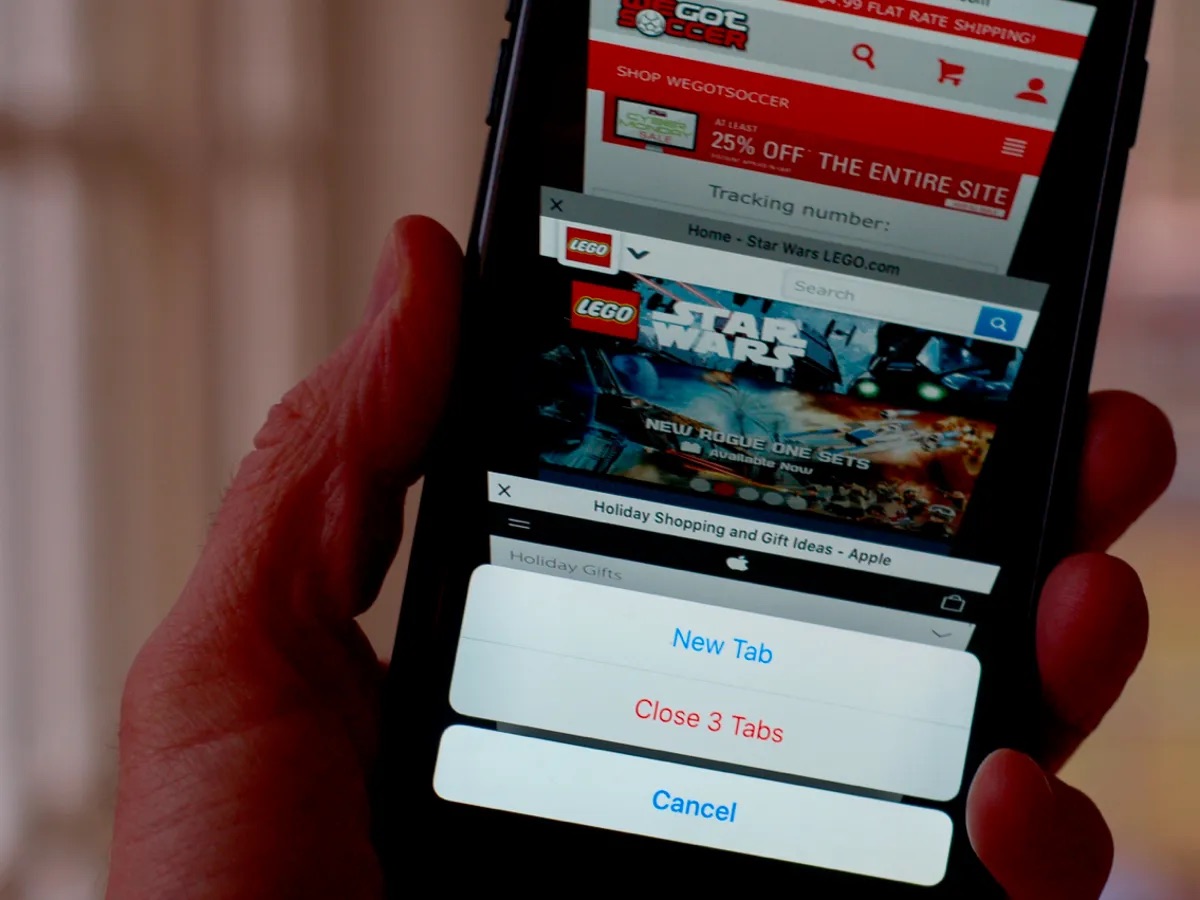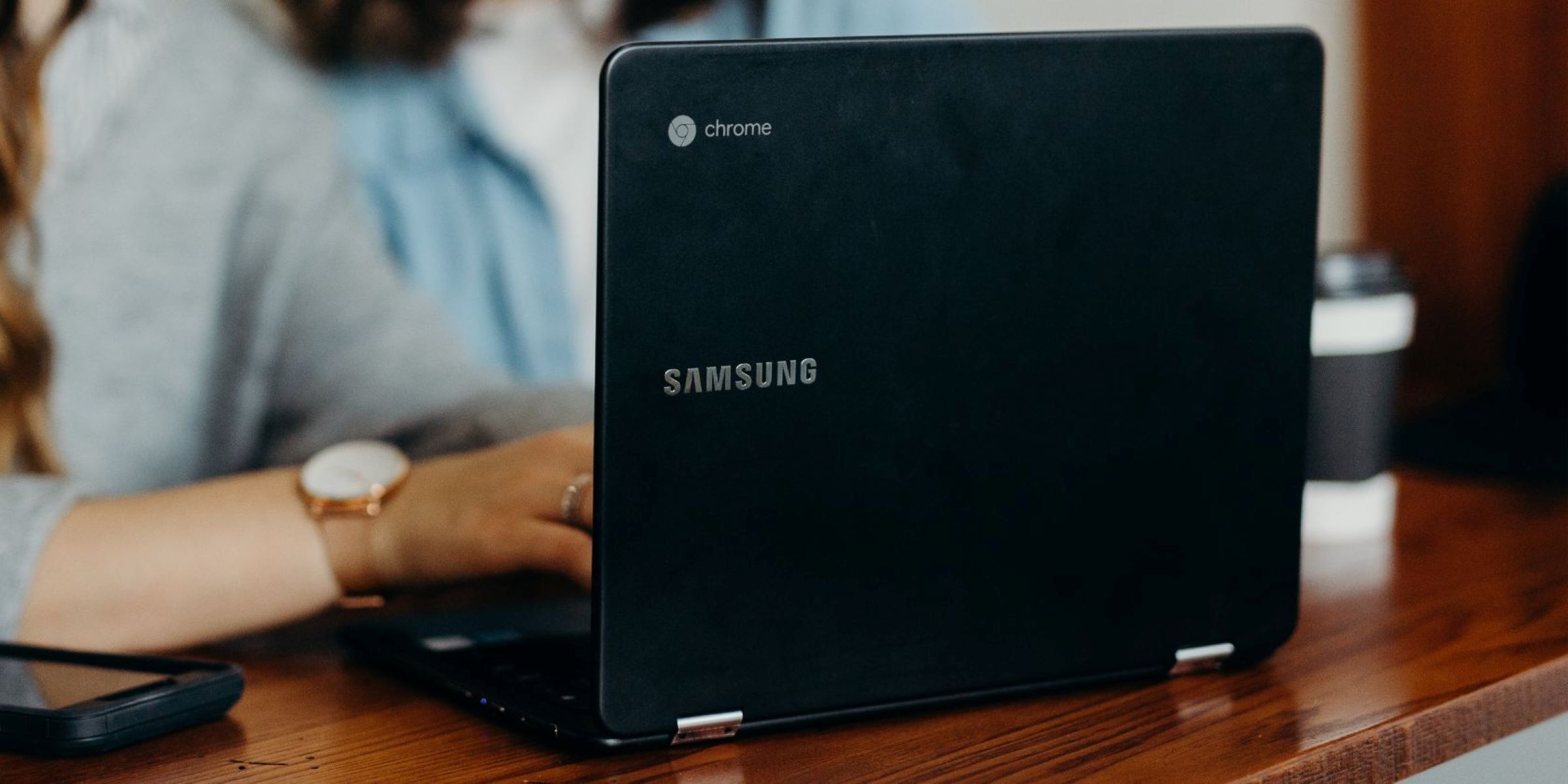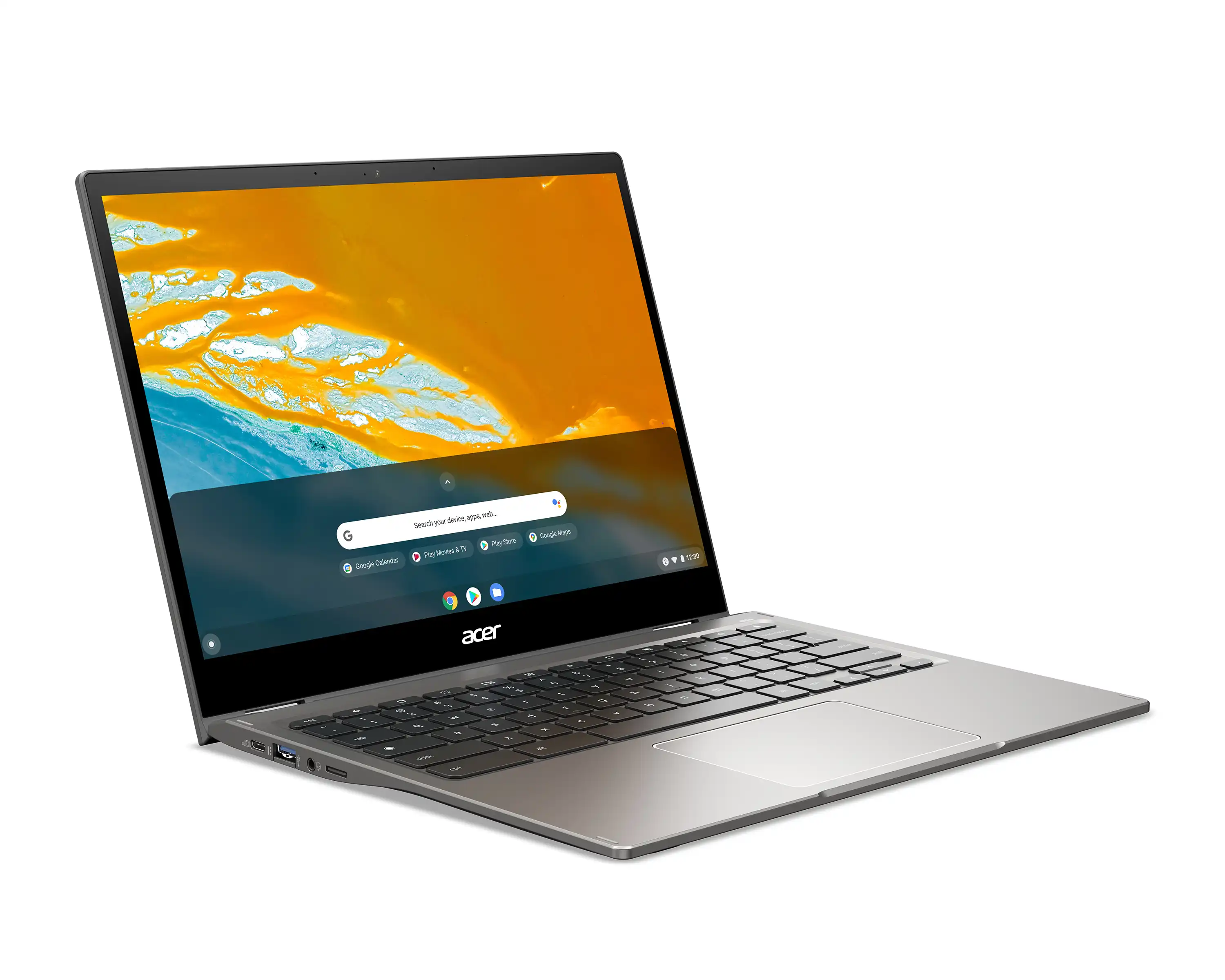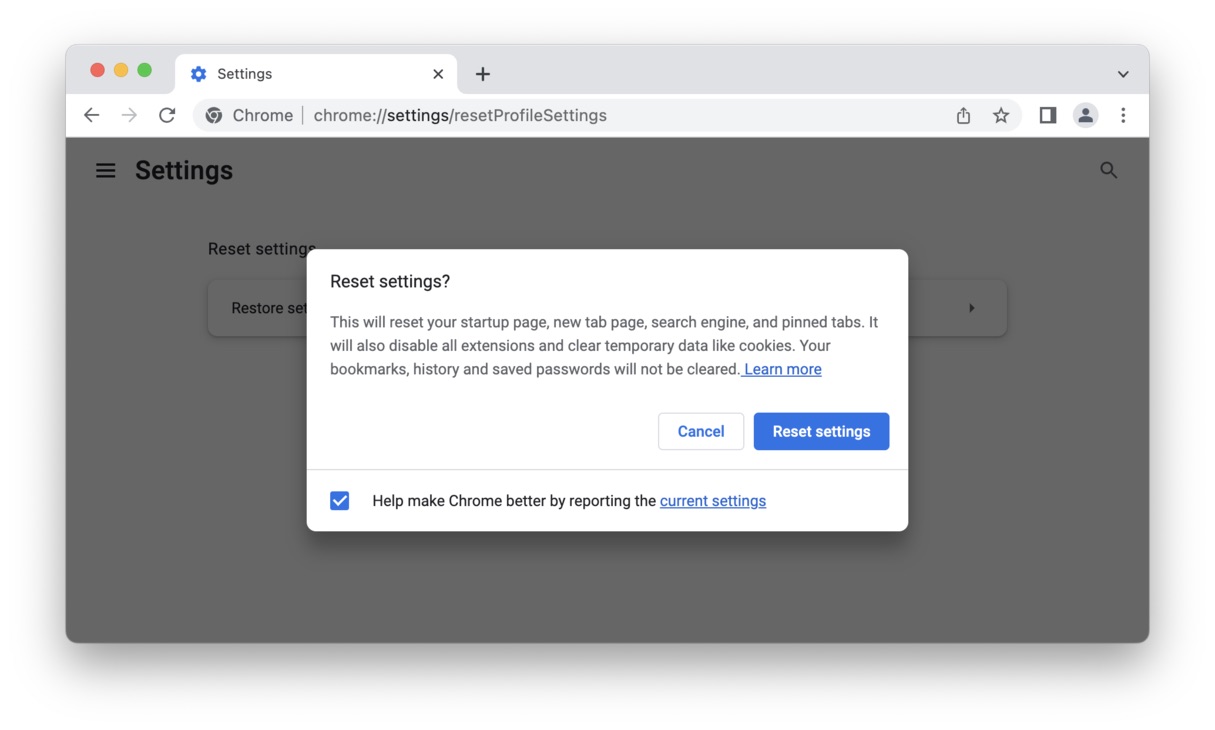Introduction
Have you ever found yourself in a situation where you needed to access a website that you had open on another device? Perhaps you were browsing an interesting article on your laptop and wanted to continue reading it on your smartphone while on the go. Or maybe you had multiple tabs open on your work computer and wished to seamlessly transition to the same tabs on your home desktop. If these scenarios sound familiar, you'll be delighted to know that Google Chrome offers a convenient solution through its syncing feature.
Chrome's syncing capability allows you to access your browsing history, bookmarks, and open tabs across all your devices, be it a computer, smartphone, or tablet. This means that you can effortlessly pick up where you left off, regardless of the device you're using. Whether you're a student researching a topic for a project, a professional managing multiple tasks, or simply someone who enjoys seamless browsing, Chrome's tab syncing feature can significantly enhance your online experience.
In this article, we'll delve into the process of setting up Chrome sync and accessing tabs from other devices. By the end of this guide, you'll be equipped with the knowledge to seamlessly transition between devices while retaining your browsing context. So, let's embark on this journey to unlock the full potential of Chrome's syncing capabilities and make your browsing experience more fluid and interconnected.
Setting Up Chrome Sync
Setting up Chrome sync is a straightforward process that enables you to seamlessly synchronize your browsing data across multiple devices. Whether you're using a desktop computer, a laptop, a smartphone, or a tablet, Chrome sync ensures that your browsing history, bookmarks, and open tabs are readily accessible. This feature not only streamlines your browsing experience but also eliminates the hassle of manually transferring tabs and bookmarks between devices.
To initiate the setup, follow these simple steps:
-
Sign in to Chrome: The first step is to sign in to your Google account within the Chrome browser. If you're not already signed in, click on the profile icon located in the top-right corner of the browser window and select "Sign in to Chrome." Enter your Google account credentials to proceed.
-
Access Sync Settings: Once signed in, access the sync settings by clicking on the profile icon again and selecting "Sync is on" or "Syncing to" followed by your Google account name. This will take you to the sync settings page where you can manage the types of data to be synchronized.
-
Customize Sync Preferences: On the sync settings page, you can customize which types of data you want to sync across your devices. Chrome offers the option to sync browsing history, bookmarks, passwords, autofill information, and open tabs. Toggle the switches to select the data types you wish to synchronize.
-
Verify Sync Settings on Other Devices: After customizing your sync preferences, it's essential to verify that the same Google account is signed in on your other devices. This ensures that the browsing data will be synchronized seamlessly across all your devices.
-
Enable Sync: Once you've reviewed and adjusted your sync preferences, simply click the "Turn on sync" button to enable the synchronization process. Chrome will then start syncing your selected data across all your signed-in devices.
By following these steps, you can effortlessly set up Chrome sync and enjoy a unified browsing experience across your devices. Whether you're switching between your smartphone and laptop or transitioning from your work computer to your home desktop, Chrome sync ensures that your browsing context remains consistent and readily accessible.
With Chrome sync in place, you can bid farewell to the inconvenience of manually transferring bookmarks and open tabs between devices. Instead, you can seamlessly transition between devices while retaining your browsing history and preferences. This not only saves time but also enhances your productivity and browsing convenience.
In the next section, we'll explore how to access tabs from other devices, allowing you to seamlessly continue your browsing sessions across various platforms. Let's dive into the process of accessing tabs from other devices and unlock the full potential of Chrome's syncing capabilities.
Accessing Tabs from Other Devices
Once you have set up Chrome sync, accessing tabs from other devices becomes a seamless and convenient process. Whether you're transitioning from your smartphone to your computer or vice versa, Chrome allows you to effortlessly continue your browsing sessions across different devices. This feature is particularly beneficial when you need to access a website or webpage that you had open on another device. Here's how you can access tabs from other devices using Chrome:
Method 1: Using the Tab Overview Feature
-
Open Chrome on the Target Device: Ensure that Chrome is open and running on the device to which you want to access the tabs from other devices.
-
Access Tab Overview: Click on the square icon located in the top-right corner of the Chrome window. This icon represents the "Tab Overview" feature and allows you to view all open tabs across your synced devices.
-
Select the Desired Tab: In the Tab Overview interface, you'll see a list of tabs open on your other synced devices. Simply click on the tab you wish to access, and Chrome will seamlessly load the corresponding webpage, allowing you to continue your browsing session from where you left off.
Method 2: Using the History Menu
-
Open Chrome on the Target Device: Launch Chrome on the device to which you want to access the tabs from other devices.
-
Access History: Click on the three-dot menu icon in the top-right corner of the Chrome window and select "History" from the dropdown menu.
-
Navigate to Other Devices: In the History menu, you'll find an option labeled "Tabs from other devices." Clicking on this option will display a list of tabs open on your synced devices.
-
Select the Desired Tab: Browse through the list of tabs from other devices and click on the one you wish to access. Chrome will promptly load the selected tab, allowing you to seamlessly continue your browsing session.
By utilizing these methods, you can effortlessly access tabs from your other synced devices, ensuring a smooth transition between browsing sessions across different platforms. Whether you're switching between your computer, smartphone, or tablet, Chrome's tab syncing feature empowers you to maintain a consistent browsing experience regardless of the device you're using.
With the ability to access tabs from other devices, Chrome's syncing capabilities truly shine, offering a seamless and interconnected browsing experience. This feature not only enhances convenience but also promotes productivity by allowing you to seamlessly transition between devices while retaining your browsing context.
Conclusion
In conclusion, Chrome's syncing capabilities have revolutionized the way we browse the internet, offering a seamless and interconnected experience across multiple devices. By setting up Chrome sync, users can effortlessly synchronize their browsing history, bookmarks, and open tabs, ensuring a consistent browsing context regardless of the device they are using. This not only streamlines the browsing experience but also eliminates the need to manually transfer tabs and bookmarks between devices.
Accessing tabs from other devices using Chrome's syncing feature further enhances the browsing experience, allowing users to seamlessly transition between devices while retaining their browsing sessions. Whether it's continuing an article from a smartphone to a computer or accessing work-related tabs from a home desktop, Chrome's tab syncing feature empowers users to maintain a fluid browsing experience.
The convenience and productivity benefits offered by Chrome's syncing capabilities are undeniable. Students can seamlessly transition between research sessions on their laptops and smartphones, professionals can access work-related tabs from various devices, and casual users can effortlessly continue their browsing sessions without interruption. This interconnectedness not only saves time but also promotes a more efficient and enjoyable browsing experience.
As technology continues to evolve, the need for seamless integration across devices becomes increasingly important. Chrome's syncing feature addresses this need by providing a unified browsing experience that transcends individual devices. Whether it's for personal, academic, or professional use, the ability to access tabs from other devices ensures that users can maintain their browsing context and seamlessly transition between devices.
In essence, Chrome's syncing capabilities, coupled with the ability to access tabs from other devices, exemplify the power of interconnected browsing. By leveraging these features, users can unlock a new level of convenience, productivity, and fluidity in their online activities. With Chrome sync, the boundaries between devices fade away, allowing for a truly unified browsing experience that adapts to the dynamic nature of modern lifestyles.










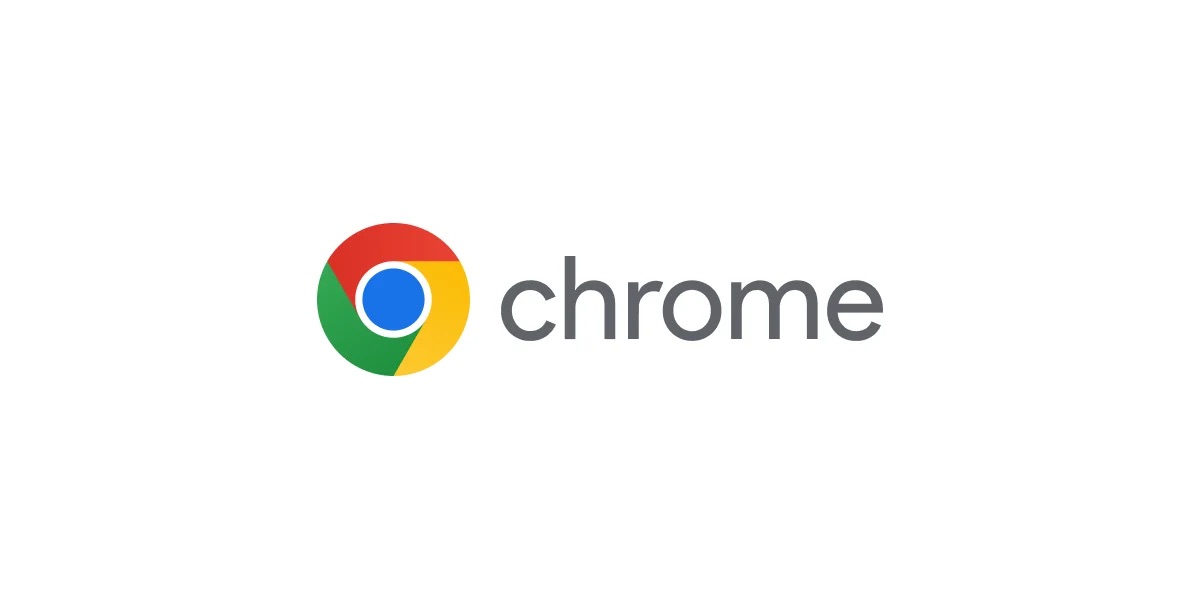

![20 Best Productivity Apps to Get Things Done [PC & Mac]](https://robots.net/wp-content/uploads/2020/05/write-593333_1920-300x177.jpg)
